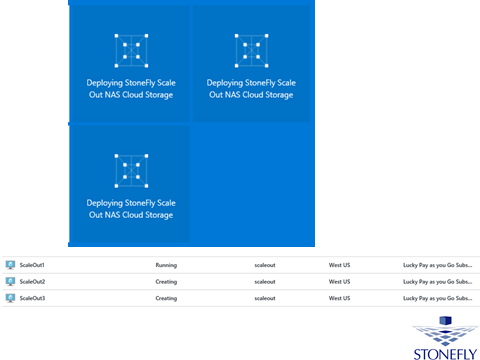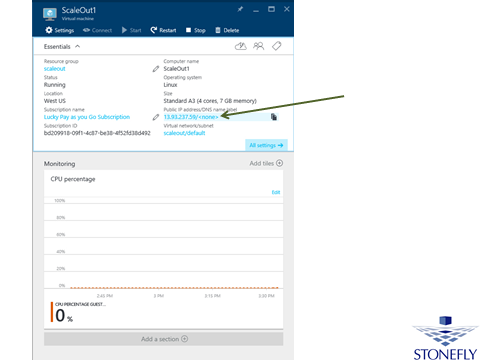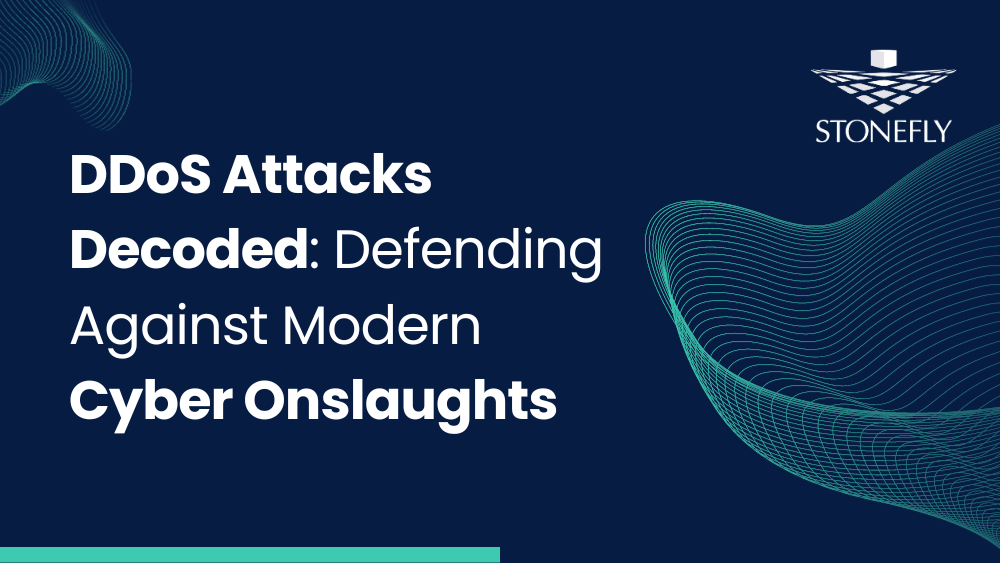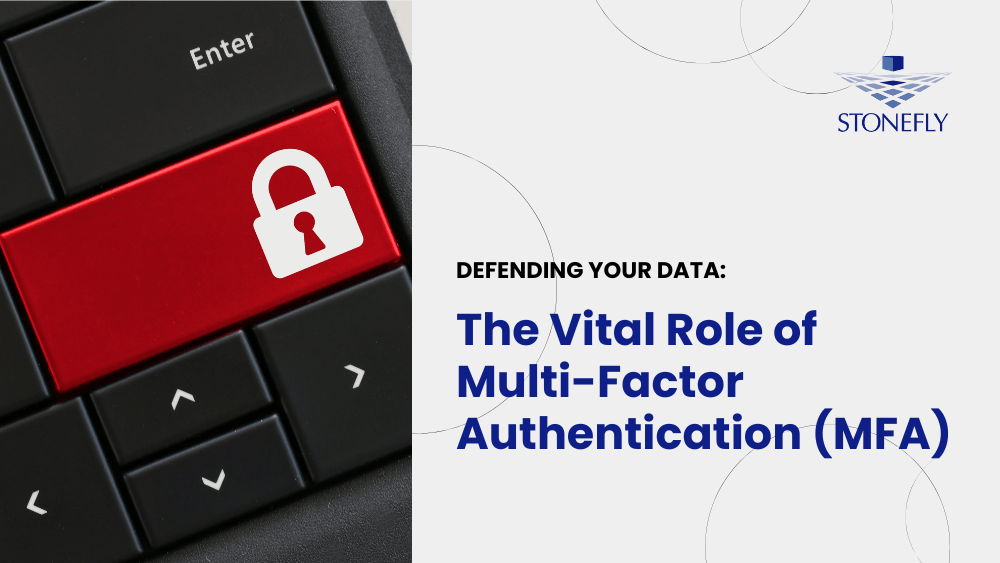StoneFly Cloud Backup: What Suits you the Best
The process to choose the cloud backup can be provisioned by the customers themselves where they pay for it in the cloud themselves.
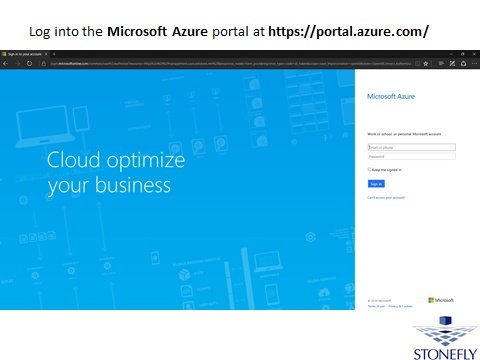
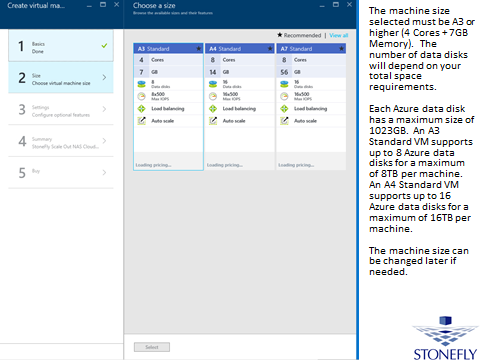
Each instance of storage supports 5 petabytes of data. StoneFly provides Scale-Out NAS Storage in cloud where the customer can add as many nodes as needed. Customers have the decision in their hands and they can choose the amount of instances to be added to increase the capacity.
However, we don’t ignore our customers who seek out performance in cloud backup. Multiple instances can even be added to increase the performance as each instance handles a certain amount of data in and data out.
Customers are the Decision Makers
Alongside providing solutions to disaster recovery in the cloud, we also provide preventive measures to make sure disaster never strikes.
The IP address is changed to a DNS name once inside to ensure business continuity with spontaneous business recovery plans. In case a disaster strikes and things get shut down, our customers have ease to start the business back up again. The customers just have to take the DNS name in the machine and plug it into the GUI provided by StoneFly and the storage the customer wants will be created.
In just a matter of minutes, the customer will have access to the storage repository with a login and password where the customer once again has the choice to choose the storage. The customer can both go to Microsoft Azure Storage and connect to the Azure blob or S3.
The customer will then be shown the amount of Petabytes provisioned which can be up to 5 Petabytes. Our customers have the freedom to get more instances to get increased NAS storage. We also provide our customers with freedom in deciding if they want either capacity or performance.
StoneFly does not require the customers to be stuck with one instance of storage until it is filled. We provide the customers with choices where they can prioritize performance over capacity by providing even better cloud backup services. Our customers can have multiple instances of storage without filling the previous instances to get the increased performance they desire.
These options have been carefully constructed because the data being transferred in and out of any repository is limited to certain megabytes.
User-Friendly Cloud Backup
StoneFly does not enforce any restrictions on its customers and gives them the freedom to have multiple repositories across different clouds in S3. The customer will already have NAS storage in the S3 account after logging in.
We make sure that the customers are always protected from all sides so; the firewall is enabled in the Azure Cloud gateway. This makes sure that the threats are negated as soon as the customer has set up the storage.
Stonefly provides customers with ease and freedom to set up the connection. The customer just has to take the DNS names from the NAS storage site to the Azure Cloud gateway, and then the customer connects the gateway which is in the cloud to the local Veeam instance that the customer has and hence the connection is established.
To start the backup right away, the gateway information has to be plugged in to on-premises Veeam. We realize the importance of speed in data transfer and hence provide bandwidth acceleration to the customers. Bandwidth acceleration gets enabled by choosing the gateway in Veeam which provides the VPN.
Every step forward makes it easier and easier for the customer to set up the NAS storage. Once the connection has been made between the local Veeam and blob storage, the customer will be able to see the provisioned amount of terabytes. They will easily show up as a repository in the customers Veeam instance.

